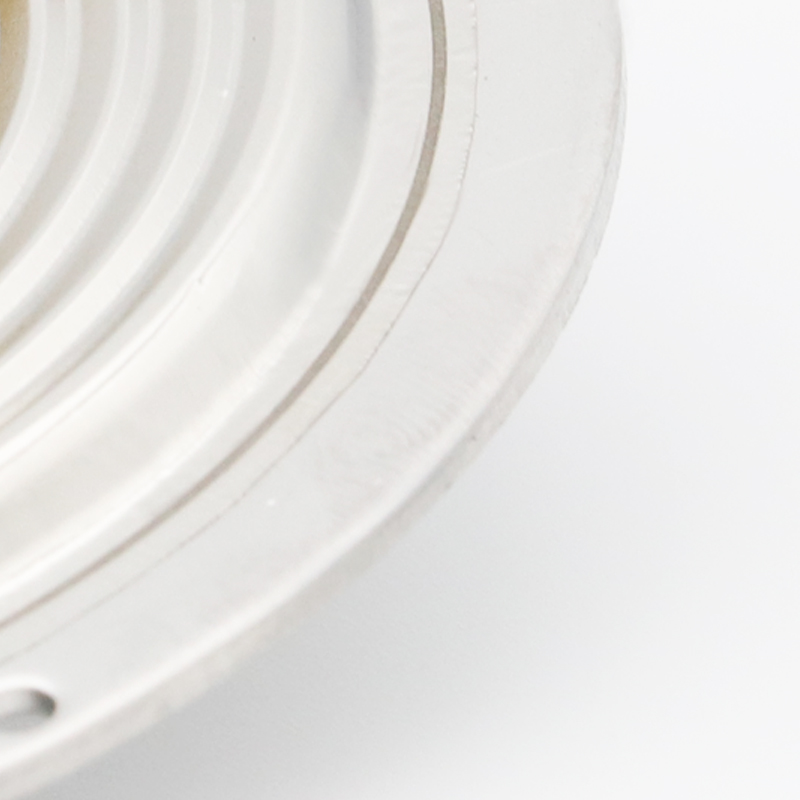
Sep . 25, 2024 18:00 Back to list
difference between differential and absolute pressure gauges manufacturer
The Difference Between Differential and Absolute Pressure Gauges
In industrial and scientific applications, the measurement of pressure is a critical parameter that ensures safety, efficiency, and compliance with regulatory standards. Two common types of pressure measurement devices are differential and absolute pressure gauges. Understanding the differences between these two types is essential for selecting the appropriate gauge for specific applications.
What is Absolute Pressure?
Absolute pressure gauges measure pressure relative to a perfect vacuum. Zero on an absolute pressure scale represents a complete absence of pressure. This means that absolute pressure gauges provide a true measure of pressure regardless of the ambient atmospheric pressure. These gauges are crucial in applications such as vacuum systems, meteorology, and in processes where precise pressure measurement is necessary without fluctuations due to changes in the surrounding atmosphere.
What is Differential Pressure?
On the other hand, differential pressure gauges measure the difference in pressure between two points. These gauges can provide readings in applications where knowing the difference is more critical than knowing the absolute value of pressure. For example, they are commonly used in HVAC systems to monitor air filters, in liquid levels, and to measure flow rates through orifices and nozzles. The differential gauge has two pressure ports – one connected to the point of interest and the other to a reference point, which can be either atmospheric pressure or another controlled pressure point.
Key Differences
difference between differential and absolute pressure gauges manufacturer

1. Reference Point The fundamental difference lies in their reference points. Absolute pressure gauges use a vacuum as the reference point, whereas differential pressure gauges compare two different pressure points. This basic distinction leads to different applications for each type of gauge.
2. Measurement Accuracy Absolute pressure measurements can be more stable since they do not fluctuate with changes in atmospheric pressure. Differential pressure gauges might provide accurate readings as long as the reference point remains stable.
3. Applications Absolute pressure gauges are used in environments where accurate, unchanging reference conditions are necessary. They are vital in environments like laboratories and during the calibration of other equipment. Conversely, differential pressure gauges are widely used in applications like filter monitoring and fluid flow measurement, where the pressure difference is more relevant than the actual pressures themselves.
4. Construction and Calibration The construction and calibration processes of absolute and differential pressure gauges may differ significantly. Absolute gauges typically contain a sealed gauge with a reference vacuum, whereas differential gauges utilize two ports and may feature adjustable references.
5. Cost and Complexity Generally, absolute pressure gauges are more complex and costly than differential gauges. The technology required to maintain a perfect vacuum and to ensure accuracy at varying temperatures can add to the costs. Differential gauges, being relatively simpler, often come at a more accessible price point.
Conclusion
Choosing between a differential and an absolute pressure gauge greatly depends on the specific requirements of the application at hand. Understanding the key differences in functionality, measurement principles, and applications is vital for engineers and technicians in the selection process. By accurately measuring pressure, whether it be absolute or differential, industries can ensure efficient operations, heightened safety measures, and adherence to necessary standards. As technology advances, both types of gauges continue to evolve, offering improved accuracy and reliability.
-
High-Precision Mass Diaphragm Pressure Gauge - Reliable & Durable Solutions
NewsJun.10,2025
-
Explain Diaphragm Pressure Gauge Expert Guide, Top Manufacturers & Quotes
NewsJun.10,2025
-
Affordable Differential Pressure Gauge Prices in China Top Manufacturers
NewsJun.10,2025
-
Reliable Water Fire Extinguisher Pressure Gauges for Safety
NewsJun.10,2025
-
Durable Diaphragm Protection Pressure Gauges Get Quote
NewsJun.09,2025
-
WIKA Differential Pressure Gauge with Switch Reliable Monitoring & Control
NewsJun.09,2025
